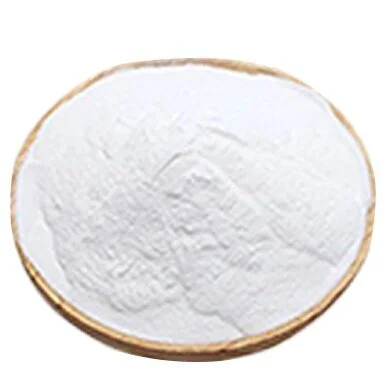Terephthalic Acid CAS 100-21-0 Purified Terephthalic Acid
Terephthalic Acid CAS 100-21-0
Being widely used in chemical fibers, light industry, electronics, construction and all aspects of the civil economy,PTA is one of the important bulk organic raw materials. At the same time, the application of PTA is concentrated, more than 90% of PTA in the world is used in the production of polyethylene terephthalate (PET). It takes 0.85-0.86ton PTA to produce 1 ton PET and 0.33-0.34 ton of MEG (ethylene glycol). Polyesters include fiber chips, polyester fibers, bottles slices and film sections. In the domestic market, 75% of PTA is used to produce polyester fibers and 20% is used to produce bottle grade polyester, which is mainly used in the packaging of various beverages, especially carbonated beverages; 5% for membrane grade polyester, mainly applied to packaging materials, film and tape.
Product Description
| Item | Unit | Value |
| Appearance | WHITE POWDER | |
| Acid Number | mgKOH/G | 674.6 |
| Ash | mg/kg | 1 |
| Total Significant Heavy Metals | mg/kg | <0.1 |
| Fe | mg/kg | 0.01 |
| 4-Carboxybenzaldehyde | mg/kg | 6 |
product superiority
1. High atom economy
Two terminal –COOH groups allow direct esterification-condensation with ethylene glycol; theoretical atom efficiency > 90 % with water as the only stoichiometric by-product.
2. Fast polymerisation under mild conditions
PET formation proceeds at 260–280 °C under atmospheric pressure—no high-pressure equipment needed. Reaction rate is 30–40 % faster and energy consumption ~15 % lower than the dimethyl-terephthalate (DMT) route.
3. Ultra-low impurity profile
Refined PTA contains < 25 ppm 4-carboxybenzaldehyde and < 10 ppm ash, enabling direct melt-spinning of micro-filaments (≤ 0.3 dp f) with tenacity ≥ 6.0 cN/dtex and colour difference ΔE < 0.3.
4. Cost & scale leadership
Single-train plants reach 2.5 Mt/a; variable cost is USD 120–150 t⁻¹ lower than the DMT route, and specific capital < USD 200 t⁻¹ PTA—lowest depreciation per unit of PET.
5. Environment, health & safety advantages
Low acute toxicity (rat oral LD₅₀ > 3.2 g kg⁻¹), not listed as SVHC or IARC carcinogen. Waste-water COD originates mainly from acetic acid, which is recovered using steam generated by the PTA plant itself, approaching zero liquid discharge.
6. Universal downstream versatility
The same PTA grade can be switched seamlessly among fibre, bottle and film PET lines by simply adjusting IV and additive packages in the polymerisation stage, minimising inventory risk.
product applications
1. Polyester fibre (≈ 70 % of global demand)
- Textile filament (POY, DTY, FDY) for apparel and home textiles
- Industrial filament for tyre cord, conveyor belts, geo-grids
- Staple fibre for filling, non-wovens, needle-punched felts
2. Polyester bottle & packaging resin (≈ 25 %)
- PET bottles/containers for beverages, food, pharmaceuticals, cosmetics
- Thermoformed sheet (fruit trays, ready-meal bowls, electronics trays)
- High-barrier multilayer films
3. Polyester film & engineering plastics (≈ 5 % and growing)
- Capacitor film, photovoltaic back-sheets, flexible printed circuits
- PET engineering resin (lamp housings, bobbins, connectors)
- Copolyesters: PBT, TPEE, PET-G, low-melt binders, etc.
Minor uses (< 1 %) include wool-dyeing assistants, feed-acidifiers, smoke munitions, and laboratory reagents.
FAQ
The target market of our brand has been continuously developed over the years. For more information, please reach our team, we are more than happy to help.
With a professional and experienced team, coupled with strong technical support from our partnerships with research institutes, we excel in developing innovative chemical products for our customers. If you are seeking to source new products, we are undoubtedly your ideal choice.

















